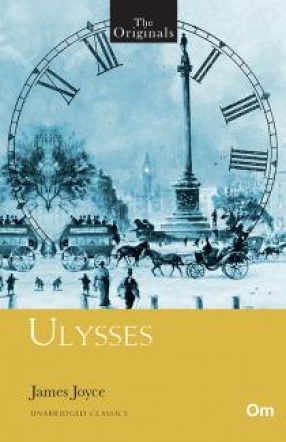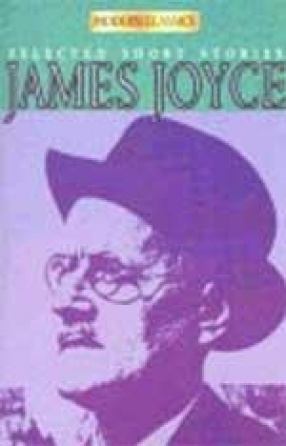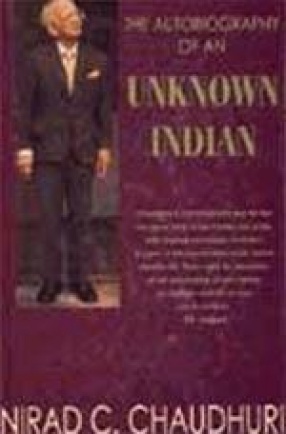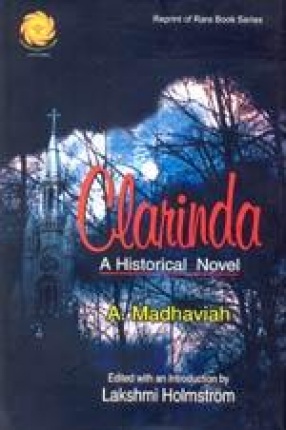The Originals Ulysses
Every life is in many days, day after day. We walk through ourselves, meeting robbers, ghosts, giants, old men, young men, wives, widows, brothers-in-love, but always meeting ourselves. Considered one of the most important modernist works in literature, James Joyce’s Ulysses (1922) is often referred to as a modern parallel of Homer’s epic poem, Odyssey. The story revolves around the events of a single ordinary day, 16 June 1904, in the life of Leopold Bloom, Mary Bloom and Stephen Dedalus, the famous hero from Joyce’s A Portrait of the Artist as a Young Man, who act as counterparts of Telemachus, Odysseus and Penelope respectively from the epic poem. Joyce portrays modernist concerns in the context of the 20th century by enhancing the structural similarities yet stark differences between the events and characters of the epic poem and his novel. His use of ingenious characterisation and humour as well as literary techniques such as stream of consciousness, allusions and puns not only enrich the novel but also elucidate the inner workings of the mind and the nonlinear progressions of thought. Fans of the author now celebrate 16 June worldwide as Bloomsday.
Get it now and save 10%
BECOME A MEMBER








Bibliographic information